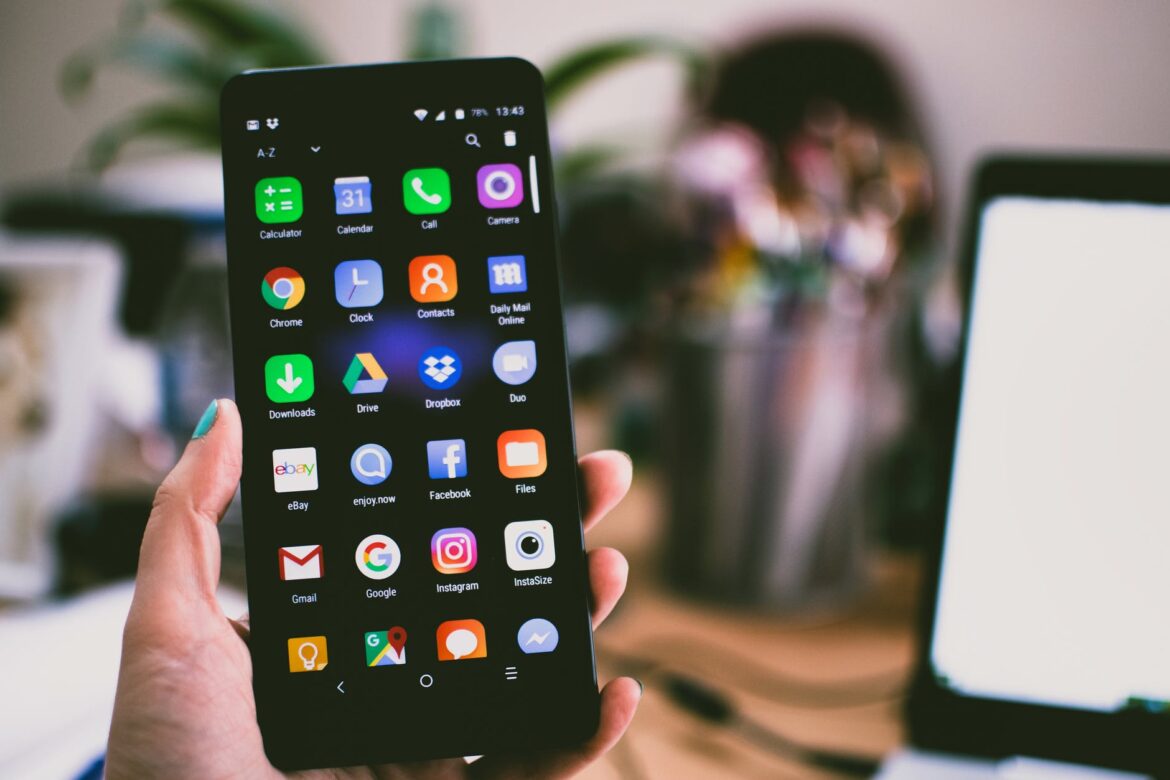The fifth generation of mobile cellular technology promises to transform our lives for the better. Its high speed and low latency claims to bring us self-driving cars, superfast internet connection speeds, and remote surgery. It claims to be able to take entertainment and productivity to a whole new level. But before we get there, you should understand what it is and how it works.
There are three different approaches to 5G. All three are being implemented across the United States, and slowly people are understanding the changes. AT&T and T-Mobile have set up low-band 5G networks in the 600MHz and 850MHz bands. This is the same spectrum as LTE, but it relies on new transmission technologies like MIMO antenna arrays and carrier aggregation that offer speeds that are faster than LTE. These bands also offer the best coverage and wall penetration.
Sprint has a mid-band 5G network in the 2.5GHz band that offers much more bandwidth and significantly faster speeds than LTE. But, a higher band means that coverage is limited, and wall penetration is average at best.
Verizon has set up a high-bandwidth millimeter-wave (mmWave) spectrum where the radio wavelengths are between ten to one millimeter. This band offers blazing fast connections of up to 10Gbps. But these waves don’t spread out over a large area and are terrible at penetrating walls. That’s why this network is only available on a few street corners instead of across the country.
But is 5G or any cellular radiation dangerous? No. That’s because, like all mobile radiation, 5G is also made up of non-ionizing radiation. This means it does not have the energy to remove electrons from atoms and degrade cells like the harmful radiation we hear about.
What we should be concerned about is data caps since faster connections make it so much easier to burn through data limits. 5G phones are also expensive, and their battery life isn’t that great for now. And limited mmWave range means the superfast connections are still out of reach for most. We’re more dependent on our phones than ever before. Therefore these are the concerns that need to be resolved before 5G becomes mainstream.
